Home>Home Appliances>Bathroom Appliances>How Does An Electric Toothbrush Work
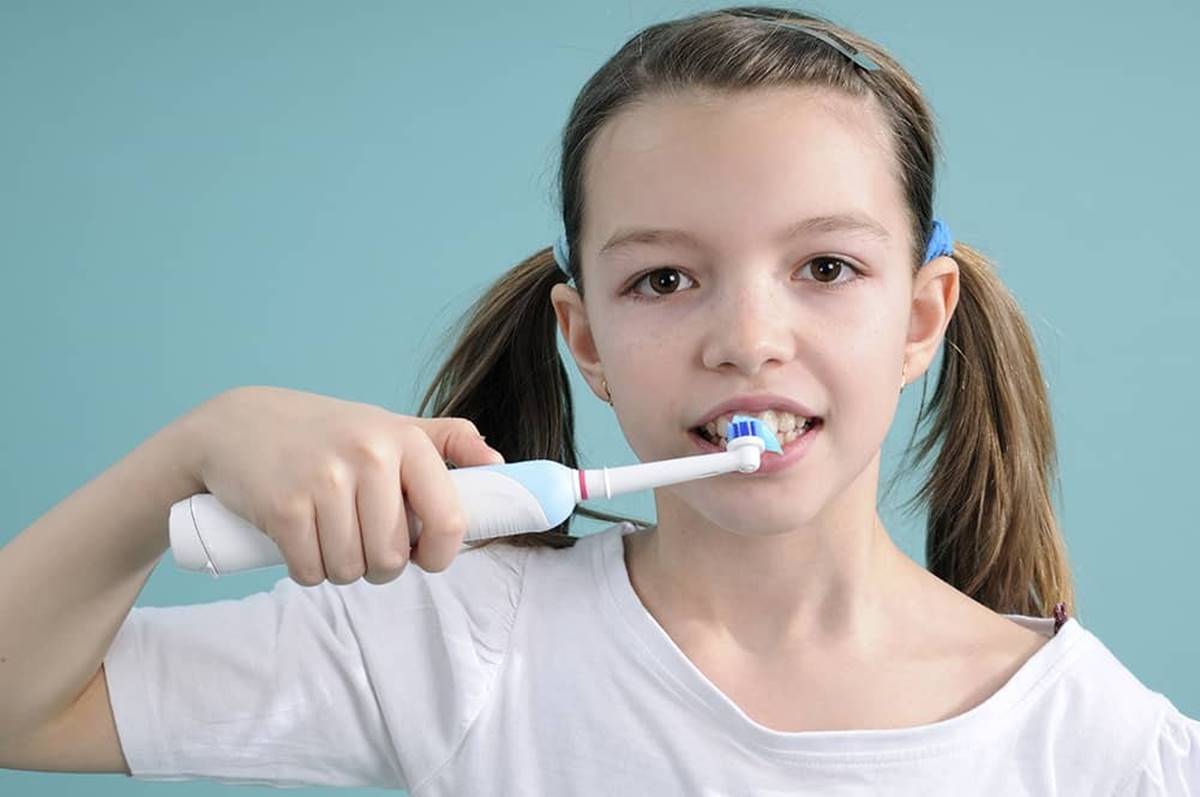

Bathroom Appliances
How Does An Electric Toothbrush Work
Modified: January 9, 2024
Discover how electric toothbrushes work and their benefits for oral hygiene. Explore the technology behind these bathroom appliances.
(Many of the links in this article redirect to a specific reviewed product. Your purchase of these products through affiliate links helps to generate commission for Storables.com, at no extra cost. Learn more)
**
Introduction
**
Electric toothbrushes have revolutionized the way we maintain oral hygiene. These advanced dental appliances are designed to provide a more efficient and effective way of cleaning our teeth compared to traditional manual toothbrushes. Understanding how electric toothbrushes work can shed light on the technology behind these devices and the benefits they offer. Let's delve into the components and mechanisms that power these modern marvels and explore the advantages they bring to the realm of dental care.
Key Takeaways:
- Electric toothbrushes use rechargeable batteries or replaceable batteries to power the motor, providing convenient and efficient energy storage for consistent cleaning performance.
- The motor of an electric toothbrush generates oscillating or sonic movements, while the strategically designed bristles and brush head ensure thorough plaque removal and gentle gum stimulation for optimal oral health.
Read more: How Does The Toothbrush Work
Components of an Electric Toothbrush
Electric toothbrushes are composed of several key components that work together to deliver optimal cleaning performance. Understanding these components provides insight into the inner workings of these innovative oral care devices.
- Power Source:
The power source is an essential component of an electric toothbrush. Most electric toothbrushes are powered by rechargeable batteries, which can be built into the handle. This allows for convenient recharging, eliminating the need for frequent battery replacements. Some electric toothbrush models feature replaceable batteries, offering flexibility in power management.
- Motor:
The motor is the driving force behind the oscillating or rotating motion of the bristles. This component is responsible for generating the cleaning action that effectively removes plaque and debris from the teeth and gums. The motor’s design and power determine the brushing technique employed by the toothbrush, such as sonic vibrations or rotating-oscillating movements.
- Bristles and Brush Head:
The bristles and brush head of an electric toothbrush play a crucial role in the cleaning process. The brush head is typically designed to be easily replaceable, allowing for regular maintenance and ensuring hygienic usage. The bristles are strategically arranged to reach all surfaces of the teeth and gums, promoting thorough cleaning and plaque removal.
By understanding the fundamental components of an electric toothbrush, users can gain a deeper appreciation for the technology that drives these innovative oral care devices.
Power Source
The power source is a vital element of an electric toothbrush, providing the energy necessary to drive the cleaning mechanism. Most electric toothbrushes are equipped with rechargeable batteries, typically integrated into the handle for seamless functionality. This design allows users to conveniently recharge their toothbrushes, eliminating the hassle and cost associated with frequent battery replacements.
Rechargeable electric toothbrushes often come with a charging base that can be plugged into a power outlet. The toothbrush is placed on the base, where it draws power to recharge its internal battery. This user-friendly feature ensures that the toothbrush is always ready for use, promoting consistent oral hygiene habits.
Some electric toothbrush models are designed with replaceable batteries, offering flexibility in power management. These toothbrushes utilize standard disposable batteries, such as AA or AAA batteries, which can be easily replaced when depleted. While this design eliminates the need for a charging base, it requires periodic battery replacements and may result in higher long-term costs compared to rechargeable models.
The power source of an electric toothbrush plays a pivotal role in its overall convenience and usability. By providing reliable and efficient energy storage, the power source ensures that the toothbrush remains operational, delivering consistent cleaning performance to support optimal oral health.
Motor
The motor is a fundamental component of an electric toothbrush, serving as the driving force behind the brush’s cleaning action. This innovative mechanism generates the oscillating or rotating motion of the bristles, enabling thorough plaque removal and gum stimulation for enhanced oral hygiene.
Electric toothbrushes employ different types of motors to power their cleaning movements, each offering unique benefits and functionalities. Sonic toothbrushes utilize high-frequency vibrations to create a dynamic cleaning action, effectively dislodging plaque and debris from the teeth and gumline. These rapid vibrations, often reaching tens of thousands of movements per minute, contribute to a deep and comprehensive cleaning experience.
Alternatively, rotating-oscillating toothbrushes feature motors that drive the brush head in a back-and-forth or circular motion, mimicking the brushing technique recommended by dental professionals. This mechanism ensures thorough coverage of all dental surfaces, including hard-to-reach areas, promoting effective plaque removal and overall oral health.
The power and design of the motor directly influence the brushing technique and cleaning efficacy of the electric toothbrush. By harnessing advanced motor technology, these oral care devices deliver precise and efficient cleaning performance, catering to diverse user preferences and oral care needs.
When using an electric toothbrush, make sure to hold it at a 45-degree angle to your teeth and brush in small circular motions for at least two minutes to effectively remove plaque and prevent cavities.
Bristles and Brush Head
The bristles and brush head of an electric toothbrush are integral to its cleaning efficiency and overall oral care experience. These components are meticulously designed to facilitate thorough plaque removal, gentle gum stimulation, and comprehensive coverage of dental surfaces.
The brush head of an electric toothbrush is typically engineered to be easily replaceable, allowing for regular maintenance and ensuring optimal hygiene during each use. This replaceability enables users to maintain a fresh and effective cleaning surface, promoting consistent oral health benefits.
The arrangement and composition of the bristles are strategically tailored to maximize cleaning effectiveness while minimizing potential discomfort or damage to the teeth and gums. Soft, rounded bristles are commonly employed to provide gentle yet thorough cleaning, catering to the diverse needs of users, including those with sensitive gums or dental work.
Some electric toothbrush models feature specialized bristle patterns, such as crisscross or angled configurations, designed to reach and clean challenging areas within the mouth, including interdental spaces and along the gumline. This targeted approach ensures comprehensive plaque removal and supports overall gum health.
By leveraging advanced bristle and brush head designs, electric toothbrushes deliver a superior cleaning experience, promoting optimal oral hygiene and contributing to a healthy, radiant smile.
Read more: How Does A Sonic Toothbrush Work
Operating Mechanism
The operating mechanism of an electric toothbrush encompasses the integration of its essential components to deliver a seamless and effective cleaning experience. This intricate system harmonizes the power source, motor, and brush head to create a dynamic and efficient oral care device.
When activated, the power source supplies energy to the motor, initiating the oscillating, rotating, or sonic movements that drive the brush head’s cleaning action. The motor’s design and power determine the specific brushing technique employed by the toothbrush, such as sonic vibrations or rotating-oscillating motions, tailored to cater to diverse user preferences and oral care needs.
As the brush head moves, the strategically arranged bristles make direct contact with the teeth and gums, effectively removing plaque and debris while gently stimulating the gum tissue. This comprehensive cleaning action targets all surfaces of the teeth, including hard-to-reach areas, promoting thorough plaque removal and supporting optimal oral health.
The seamless coordination of the power source, motor, bristles, and brush head culminates in a sophisticated operating mechanism that optimizes cleaning performance and user experience. By harnessing advanced technology and thoughtful design, electric toothbrushes offer a superior alternative to manual brushing, elevating oral hygiene to new heights.
Benefits of Using an Electric Toothbrush
Electric toothbrushes offer a multitude of benefits that contribute to enhanced oral health, convenience, and overall brushing experience. By harnessing advanced technology and ergonomic design, these innovative oral care devices have transformed the way individuals approach dental hygiene, providing numerous advantages over traditional manual toothbrushes.
- Efficient Plaque Removal:
Electric toothbrushes are adept at efficiently removing plaque from the teeth and along the gumline, promoting superior oral cleanliness and reducing the risk of dental issues such as cavities and gum disease. The dynamic cleaning movements facilitated by the brush head’s motorized action contribute to thorough plaque removal, supporting optimal oral hygiene.
- Gentle Gum Stimulation:
The gentle yet effective cleaning action of electric toothbrushes not only targets plaque but also stimulates the gum tissue, promoting circulation and overall gum health. This feature is particularly beneficial for individuals with sensitive gums or those seeking additional gum care support.
- Comprehensive Dental Coverage:
The advanced design of electric toothbrushes, coupled with strategically arranged bristles, ensures comprehensive coverage of dental surfaces, including hard-to-reach areas. This promotes thorough cleaning and supports optimal oral health by addressing areas that may be challenging to reach with a manual toothbrush.
- User-Friendly Operation:
Electric toothbrushes are designed for user convenience, offering features such as built-in timers, multiple cleaning modes, and ergonomic handles for enhanced usability. These attributes contribute to a seamless and enjoyable brushing experience, encouraging consistent oral care habits.
- Advanced Cleaning Technology:
Electric toothbrushes harness advanced cleaning technologies, such as sonic vibrations and rotating-oscillating motions, to deliver precise and efficient plaque removal. This innovative approach elevates the standard of oral hygiene, offering a superior alternative to manual brushing.
By embracing the benefits of electric toothbrushes, individuals can elevate their oral care routine, promoting optimal dental health and enjoying a refreshing and effective brushing experience.
Conclusion
Electric toothbrushes stand as a testament to the remarkable advancements in oral care technology, offering a compelling alternative to traditional manual toothbrushes. By integrating sophisticated components and innovative operating mechanisms, these modern dental appliances elevate the standard of oral hygiene, delivering a host of benefits that cater to diverse user needs and preferences.
From the efficient removal of plaque to gentle gum stimulation, electric toothbrushes provide a comprehensive approach to oral care, promoting optimal dental health and a refreshing brushing experience. The seamless coordination of the power source, motor, bristles, and brush head culminates in a sophisticated operating mechanism that optimizes cleaning performance and user experience.
Furthermore, the user-friendly operation and advanced cleaning technology of electric toothbrushes underscore their commitment to enhancing oral hygiene practices. Features such as built-in timers, multiple cleaning modes, and ergonomic handles contribute to a seamless and enjoyable brushing experience, encouraging consistent oral care habits.
As individuals embrace the benefits of electric toothbrushes, they can embark on a journey toward improved oral health, supported by cutting-edge technology and thoughtful design. The transformative impact of electric toothbrushes extends beyond routine dental care, inspiring confidence and promoting a radiant smile.
In essence, electric toothbrushes represent a harmonious fusion of innovation and oral care, empowering individuals to embrace a modern approach to dental hygiene. By harnessing advanced technology and ergonomic design, electric toothbrushes have redefined the dynamics of oral care, offering a superior alternative to manual brushing and ushering in a new era of dental wellness.
Frequently Asked Questions about How Does An Electric Toothbrush Work
Was this page helpful?
At Storables.com, we guarantee accurate and reliable information. Our content, validated by Expert Board Contributors, is crafted following stringent Editorial Policies. We're committed to providing you with well-researched, expert-backed insights for all your informational needs.
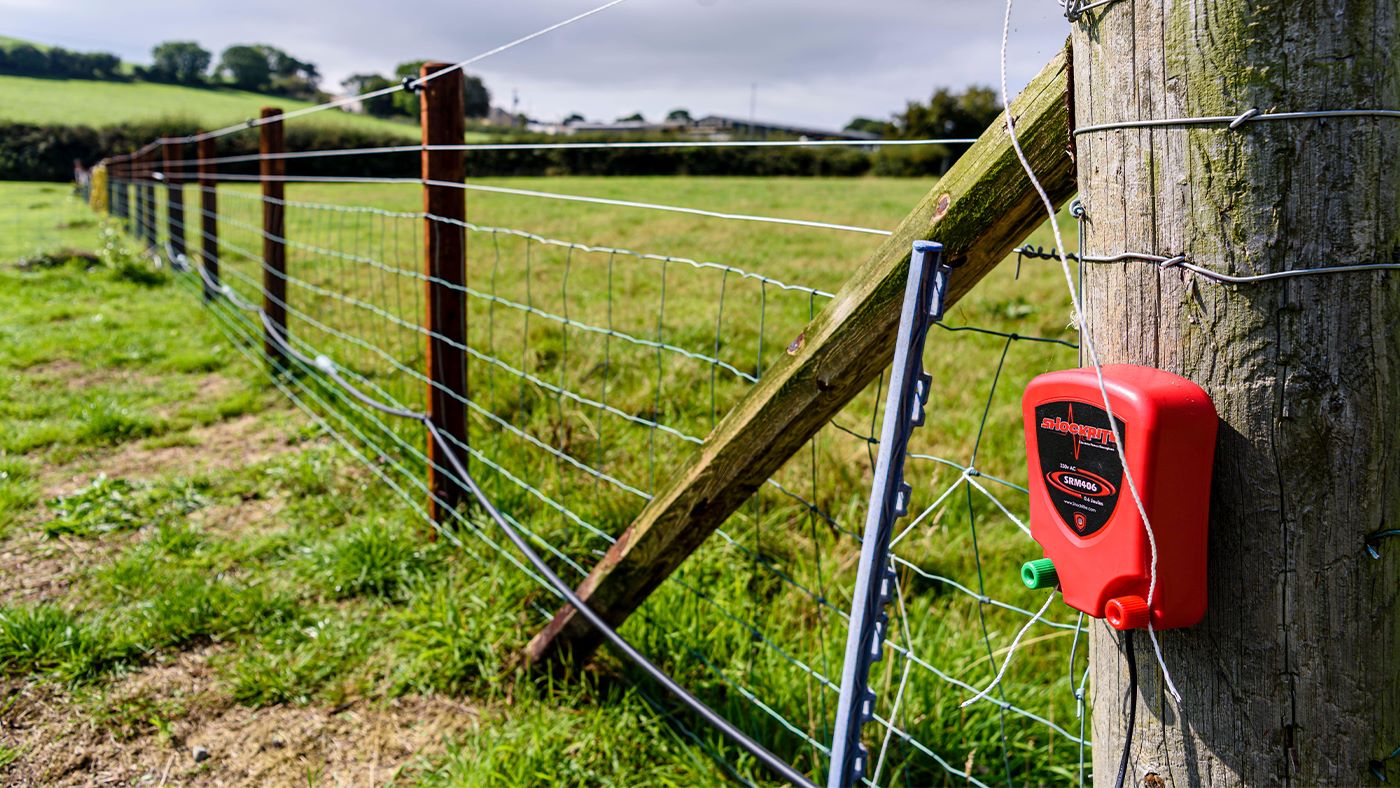
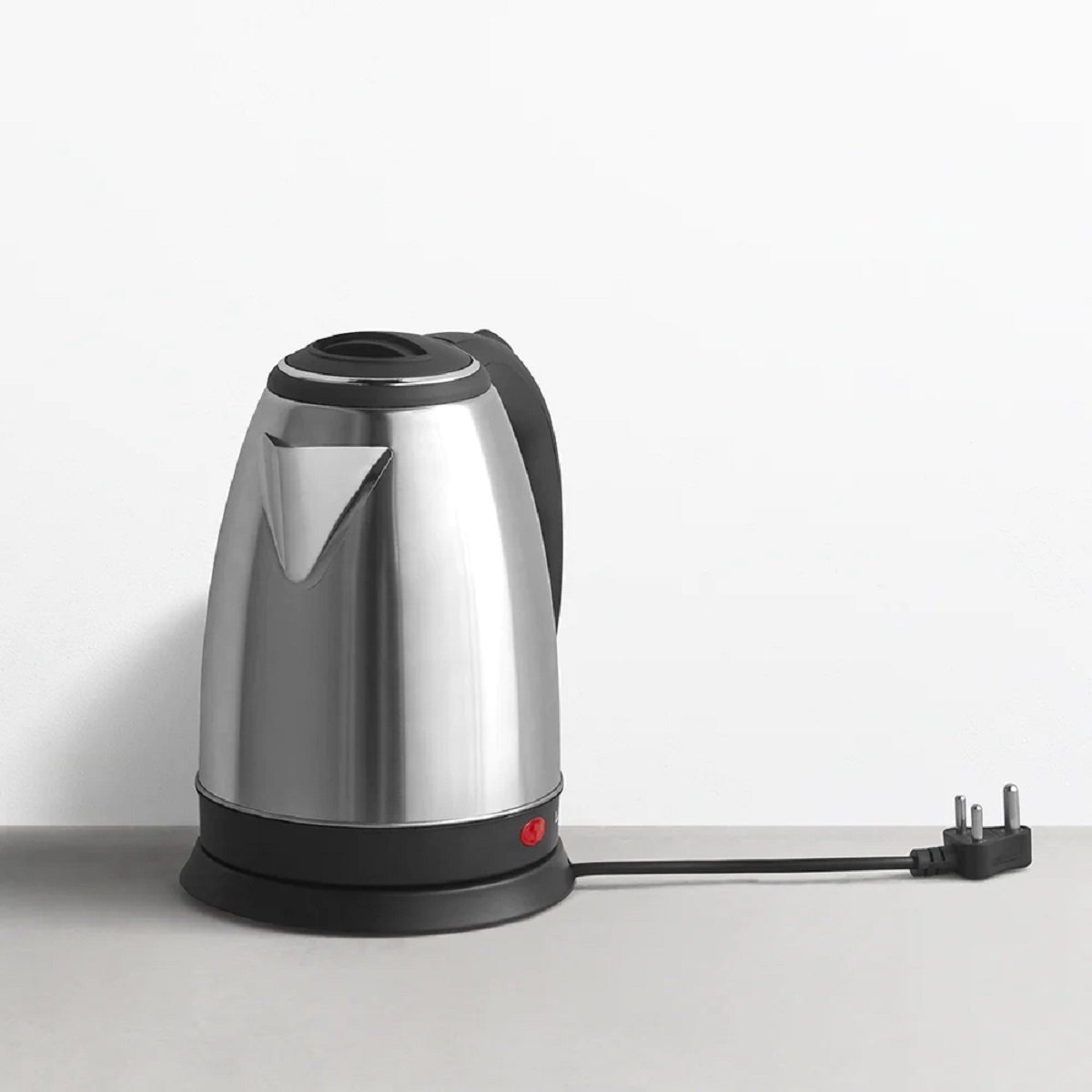
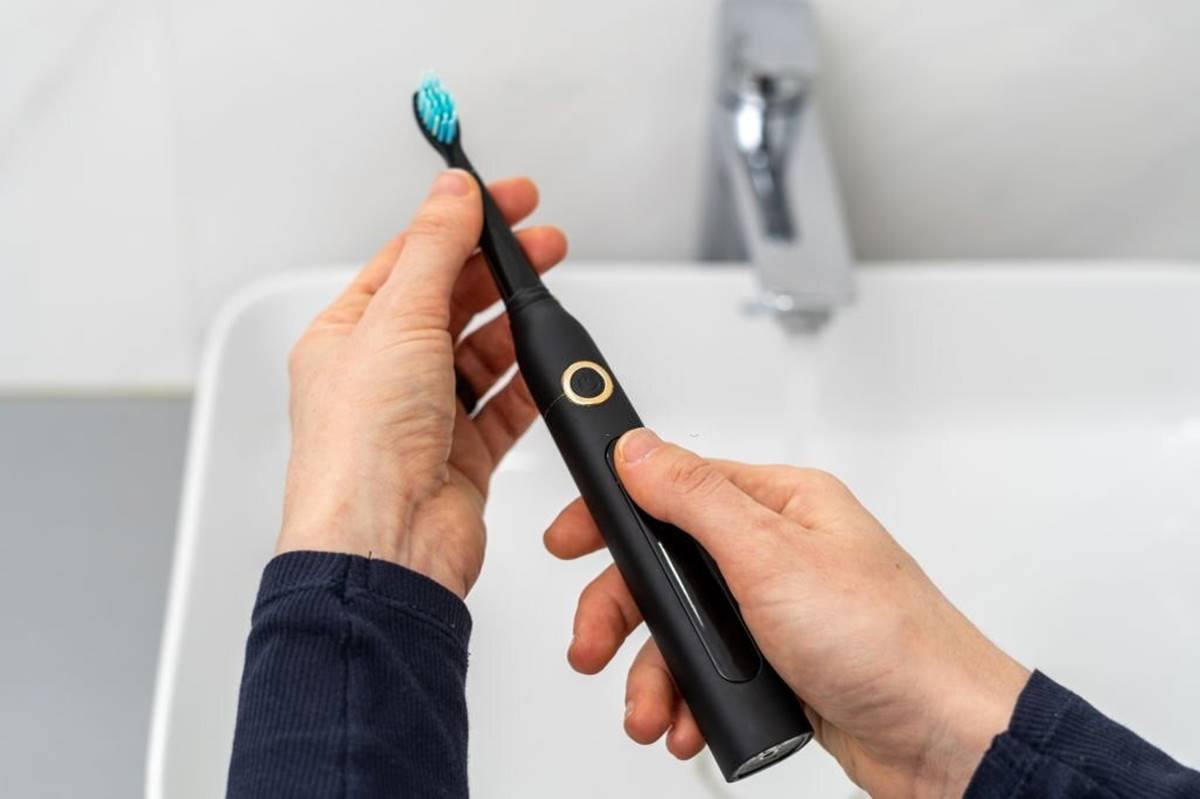
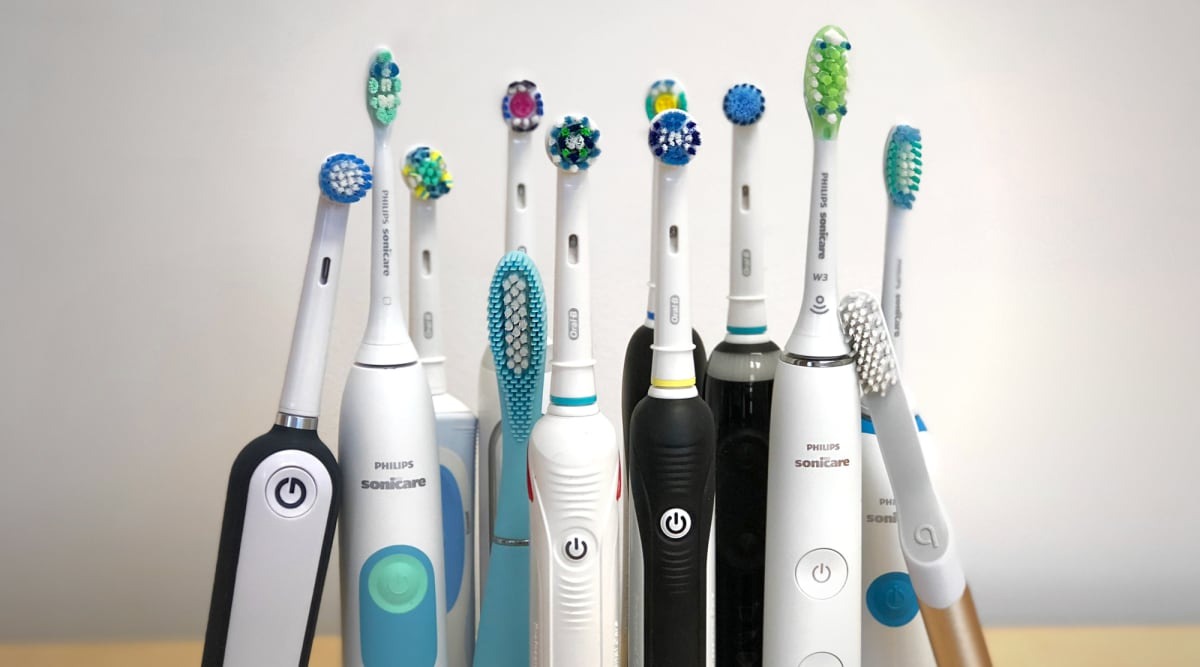
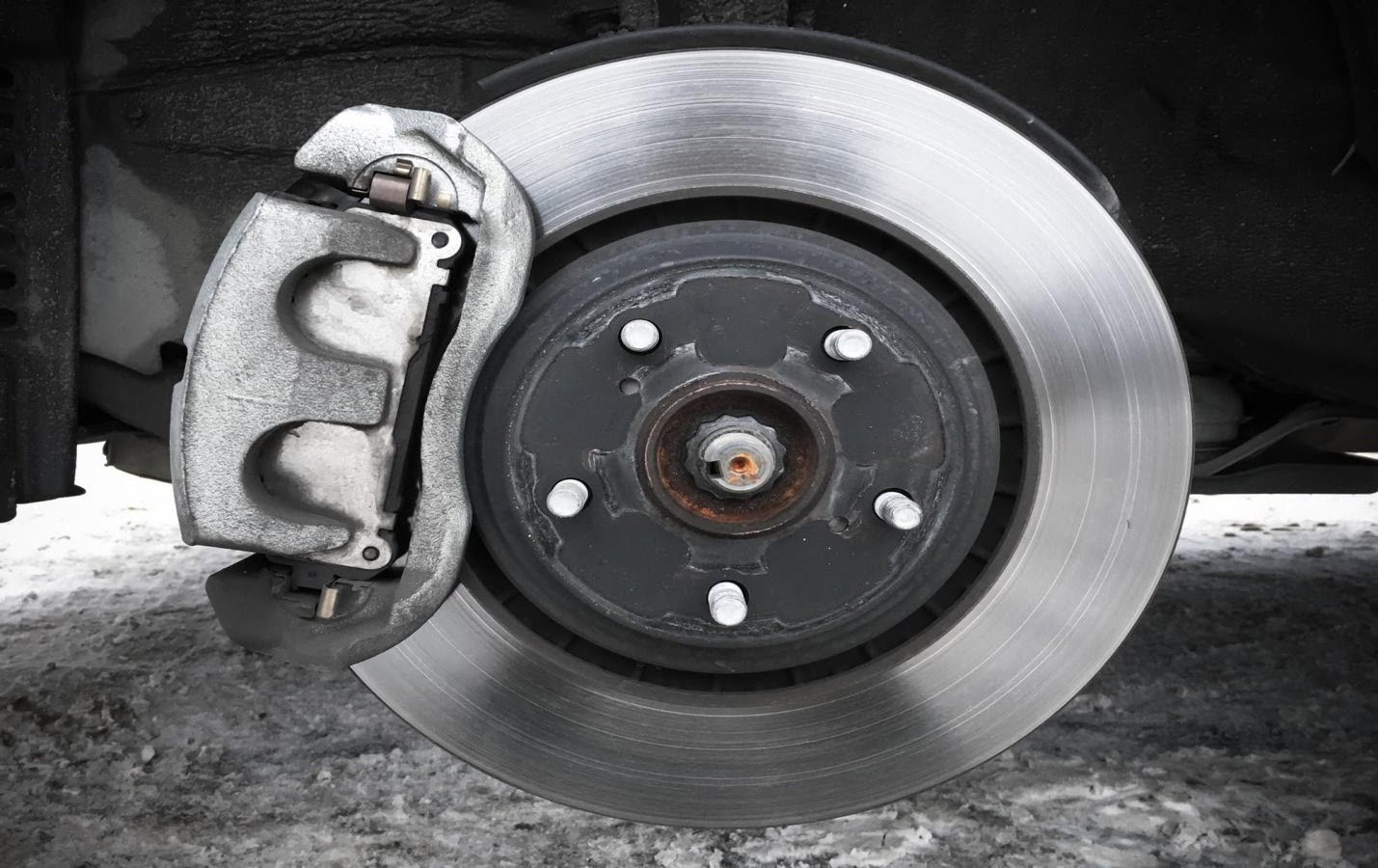

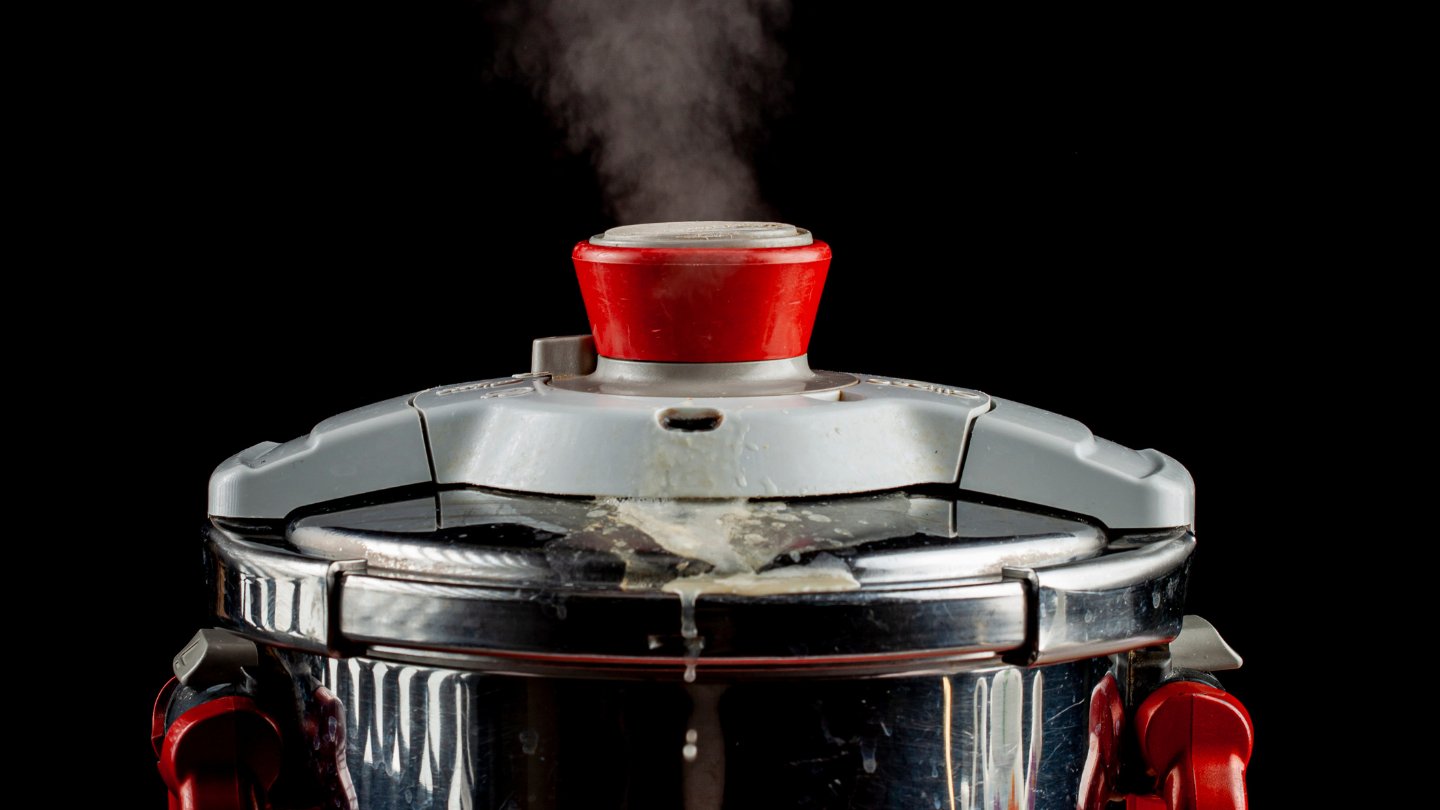

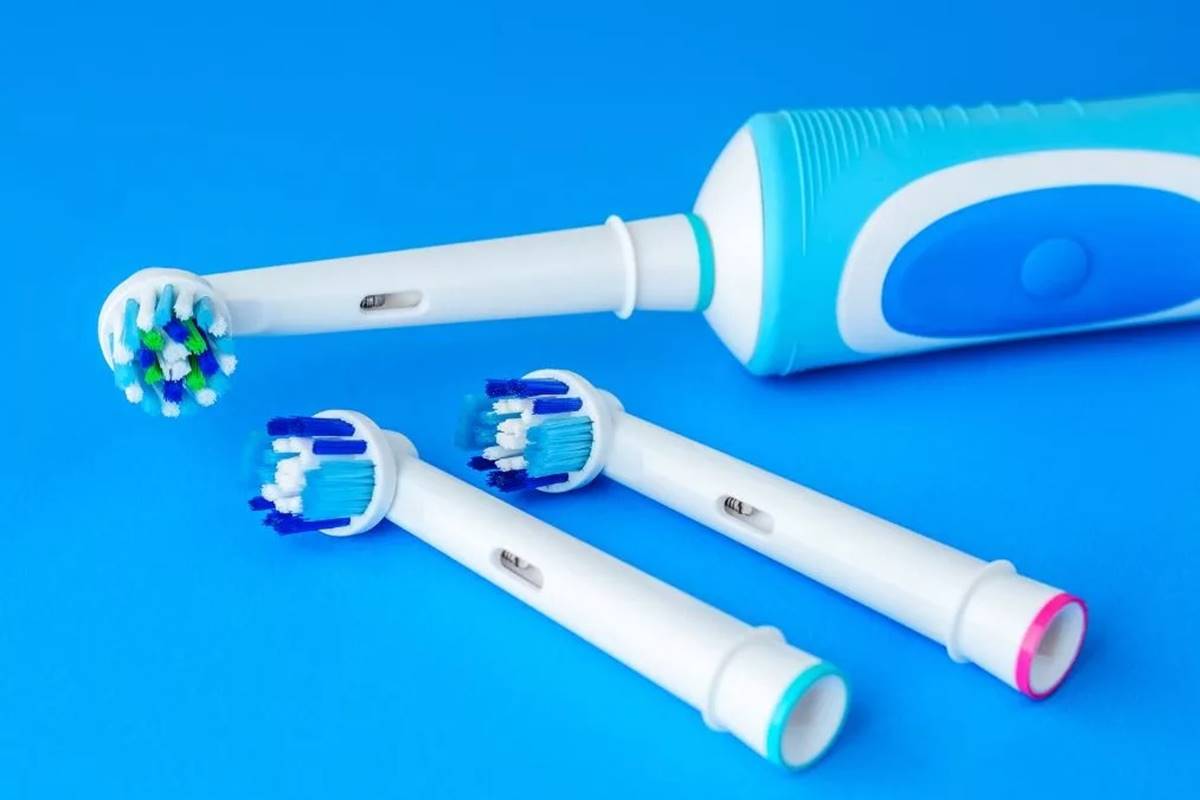
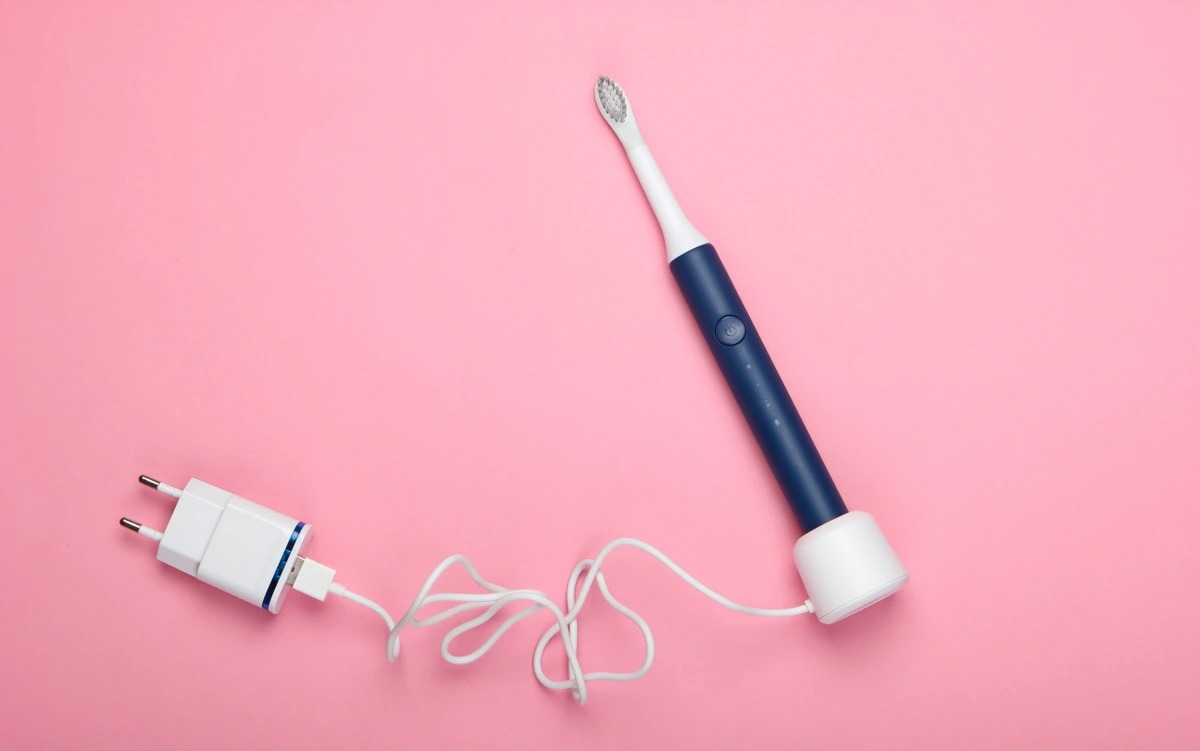
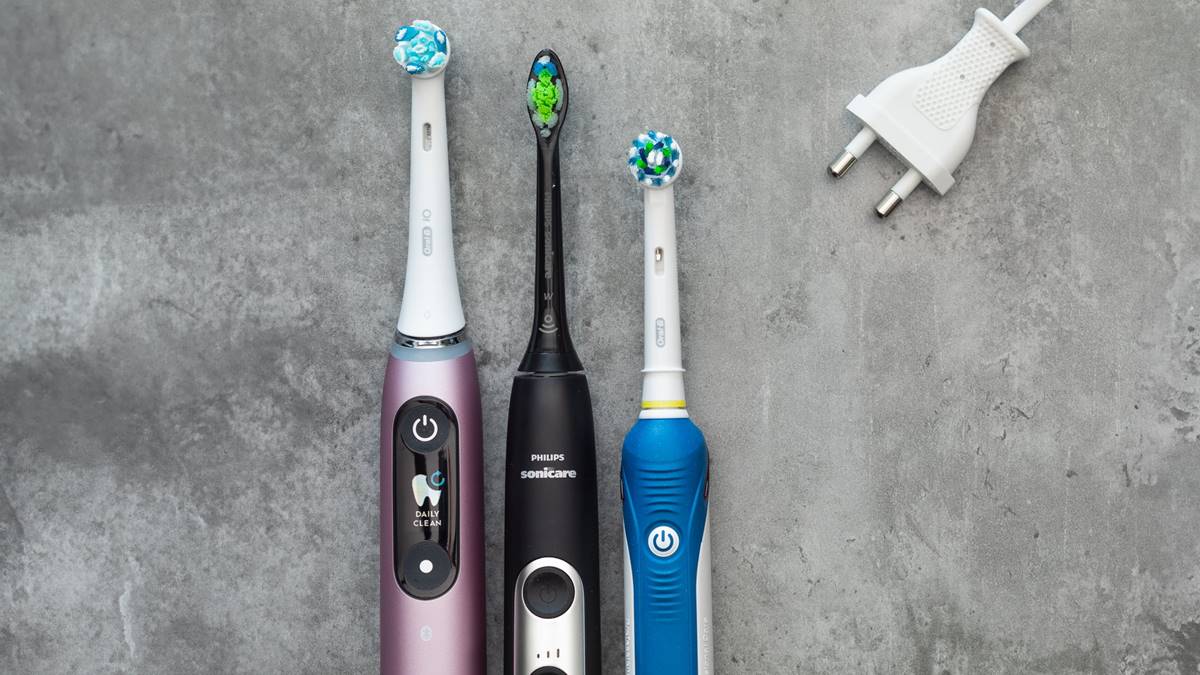
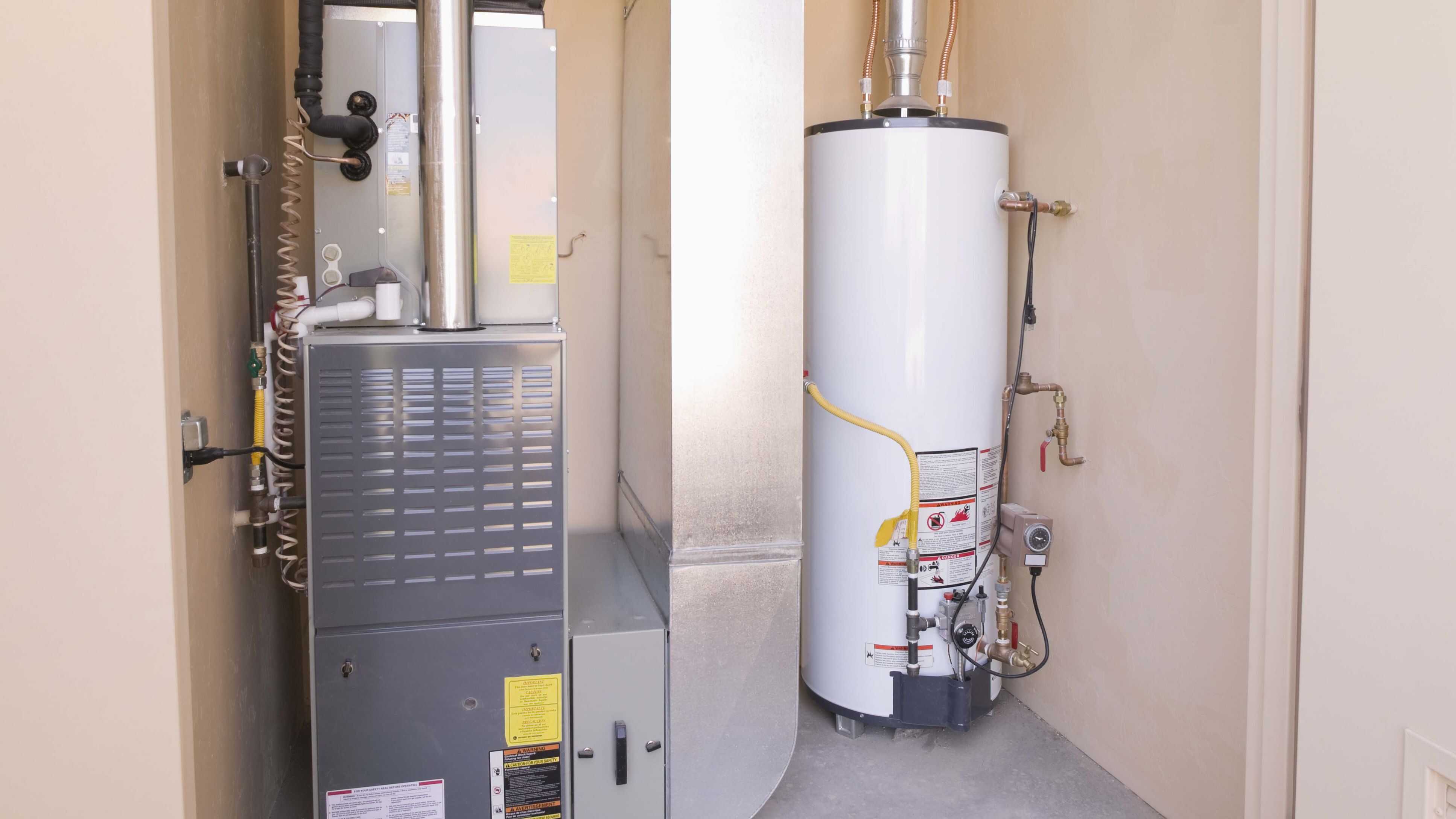
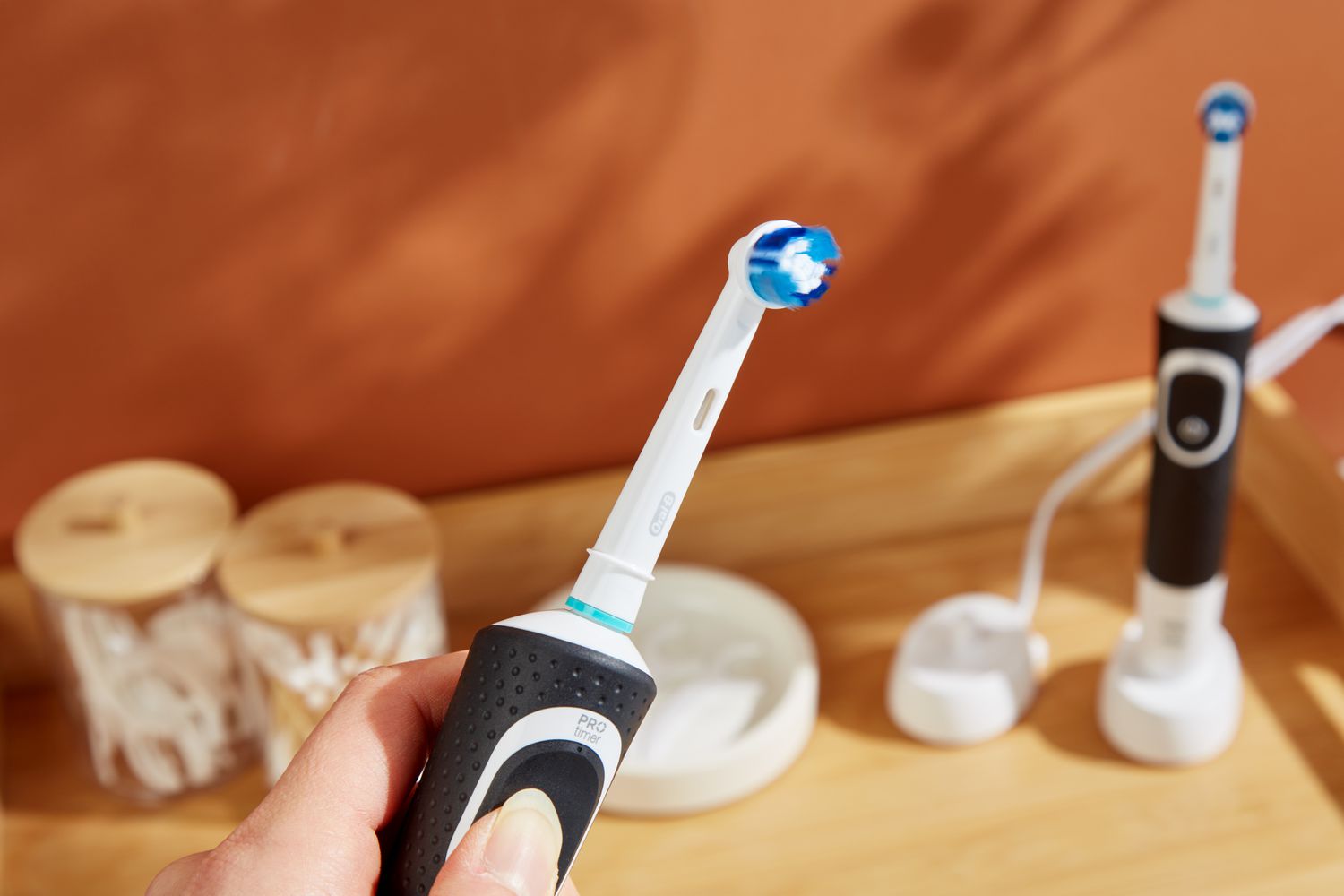
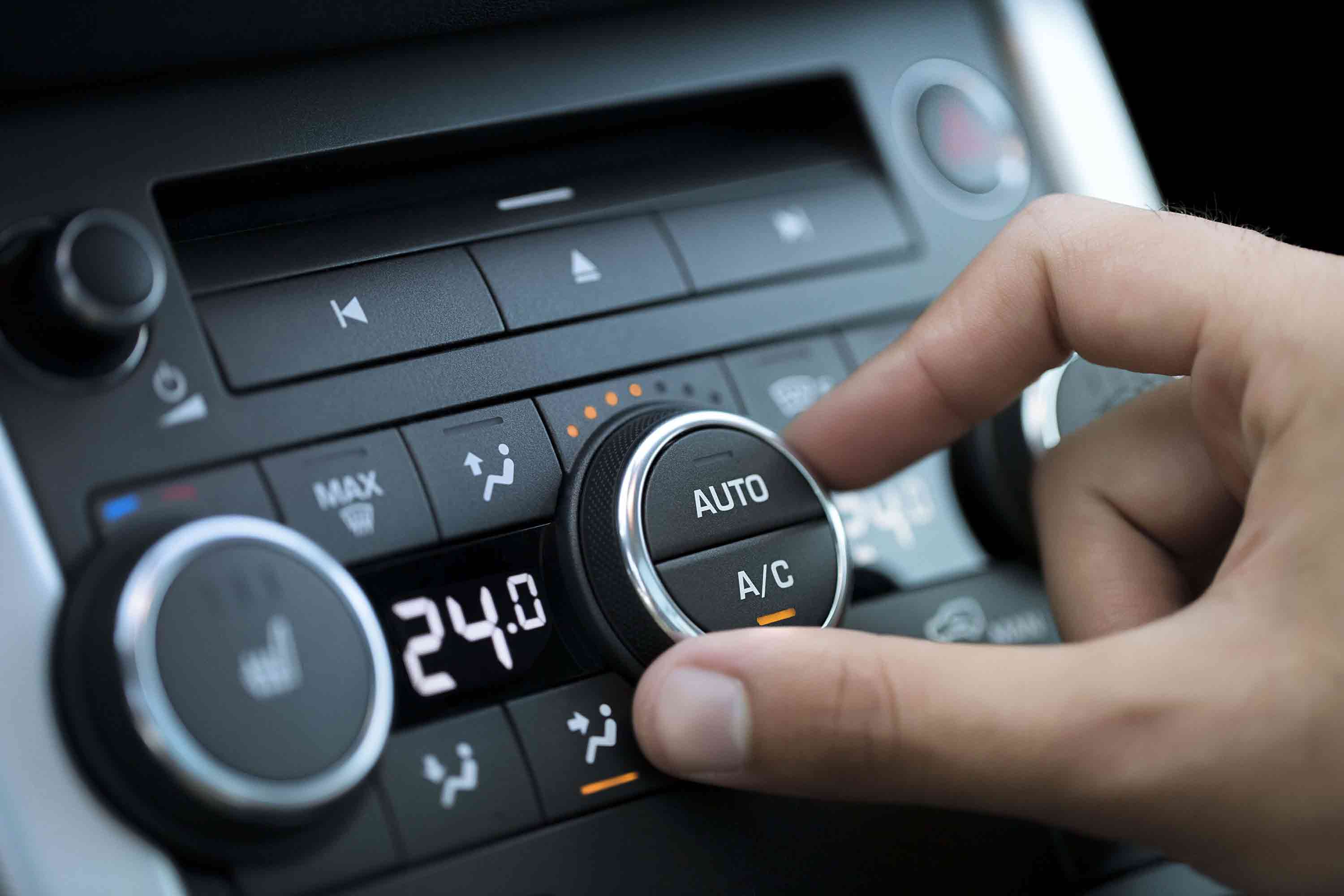

0 thoughts on “How Does An Electric Toothbrush Work”